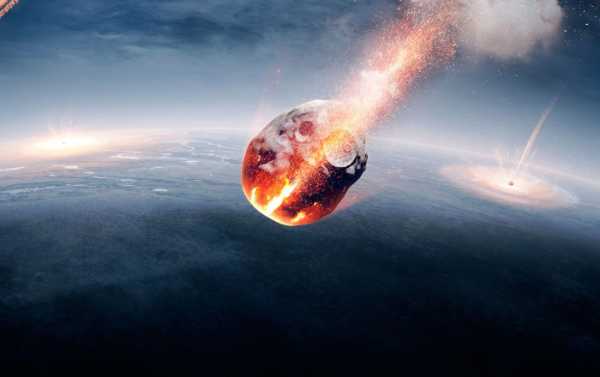
They are one of the oldest solid materials in the Solar System and make up 86 percent of all meteorites that have been found, but scientists still don’t know how they appeared. The new research may not only shed light on chondrules but also help scientists understand how our Solar System evolved.
Scientists from Wesleyan University in Connecticut claim to have found the answer to the mystery of chondrules, the tiny round grains found in meteorites. For years scientists believed that the formation of these spheres, which were described by a 19th-century geologist Henry Clifton Sorby as “droplets of fiery rain”, occurred in the early days of the Solar System when they were heated by extreme temperatures and then suddenly cooled. However, it remains unknown as to how this process might have occurred.
Now scientists from Wesleyan University think they have found the solution to the century-old mystery. According to the findings of the study, which were presented at the online meeting of the American Astronomical Society held earlier this month, researchers ran a simulation test to see whether the hypothesis mentioned earlier is correct.
Scientists say planetesimals, which are believed to play a role in the formation of the planets, were behind the formation of chondrules. Researchers claim that these rocky building blocks of life had oceans of lava, where temperatures reached more than 3,000 degrees (1,600 degrees Celsius). Meteorites that flew past them became heated by these oceans and then rapidly cooled down as they passed planetesimals, producing chondrules.
Some scientists question the study. Harold Connolly, an asteroid specialist at Rowan University in New Jersey, says 15 to 20 percent of chondrules experienced multiple heating events. “You can’t just have one flyby. It’s got to be something that is cyclical”, Connolly told the New York Times.
However, other researchers note that any new piece of the puzzle will help scientists get closer to an understanding of chondrules and how our Solar System evolved.
Scientists expect to learn more about chondrules after Japan’s space mission Hayabusa2 and NASA’s mission OSIRIS-REx, which will return to Earth with samples of asteroids Ryugu and Bennu.
Sourse: sputniknews.com






